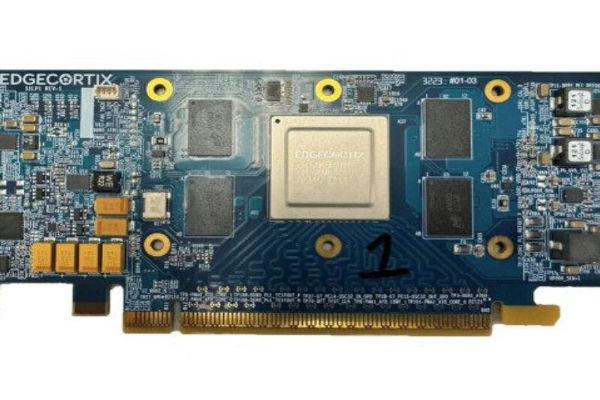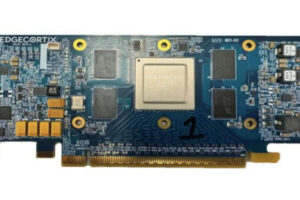According to EdgeCortix, its SAKURA-I AI Accelerator has demonstrated a high level of radiation endurance and is ready for space missions both on the lunar surface and in Earth orbit.
In order to assess EdgeCortix(R) Inc.’s hardware’s performance under radiation levels relevant to space, NASA’s Electronic Parts and Packaging Program (NEPP) conducted two rounds of testing using exposures to heavy ions and protons.
These tests were started by NEPP in an effort to attain complete autonomy in off-planet settings. Sensor-driven applications can be greatly enhanced by new machine learning and computer vision technologies, but their processing requirements are usually greater than those of embedded CPUs.
However, GPUs frequently use over 40 watts, exceeding the power budgets typical of many spacecraft. NEPP looked into a number of COTS low-power AI accelerators, such as SAKURA-I, to find workable answers to these problems.
The heavy ion and proton trials were carried out at Lawrence Berkeley National Laboratories and Massachusetts General Hospital. The results showed that SAKURA-I is suitably hardened for lunar conditions, low Earth orbit, and geosynchronous orbit.
Transient effects happened at a significantly lower rate than those seen in accelerators of a comparable kind, and there were no permanent device malfunctions. These findings demonstrate that using COTS edge AI technology in space missions is feasible, which might lower costs and improve operational effectiveness.
Leadership Comments
“The radiation resilience demonstrated by SAKURA-I marks a significant milestone in the advancement of AI-driven space exploration,” said Sakyasingha Dasgupta, CEO and Founder of EdgeCortix. “Processing billions of data points swiftly and accurately at the ultimate edge-space-without relying on Earth-based systems for analysis and decision-making was once considered out of reach. NASA’s testing confirms that high-performance, autonomous data processing during spaceflight is no longer just a possibility but a reality. EdgeCortix stands ready to deliver cutting-edge AI solutions that empower autonomous space applications today.”




